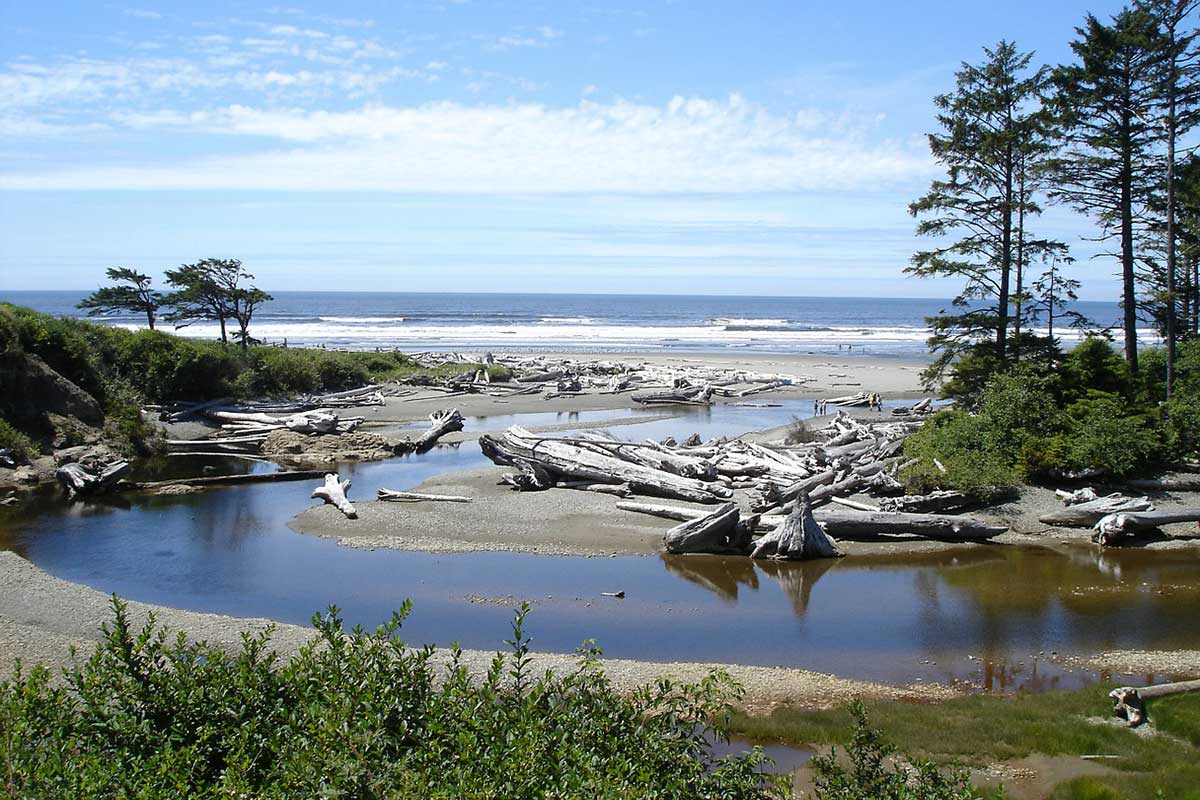Olympic National Park takes up most of the Olympic Peninsula of Washington, taking up millions of acres of vast natural wilderness. It has everything from snow-peaked mountains, rainforests, beaches, and thousands of miles of trails. Pretty much all the nature you could explore in a lifetime.
There are endless facts about Olympic National Park, like that it’s one of 63 national parks in the United States. In this article, we’re going to discuss 18 interesting and unique nuggets of info about this particular national park.
18 facts about Olympic National Park
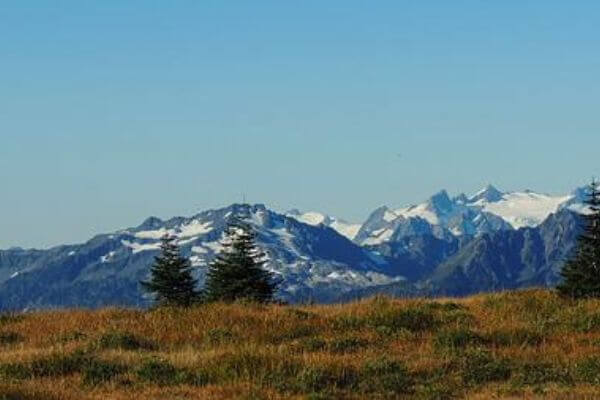
Olympic ranges from one of the wettest places in America, to dry areas around a coastline with plenty of old-growth forests. Here are some of the things that make this an amazing place.
1. Mount Olympus is the centerpiece of the Olympic National Park
The park is built around Mount Olympus. It is the tallest of the mountains of western Washington at 8,890 feet ( ca. 980 m) and has many glaciers and areas with year-round snow.
It has the most glaciers of any non-volcanic mountain in the United States. The area is also called the Olympic Range, and the Olympus Range.
2. Mount Olympus is tough to climb, but doable
The climb itself is rated as moderate, and involves scrambling up a lot of loose rocks. It is not recommended for people not familiar with long hikes or climbing. It will take 3-4 days to reach the summit, and you have to take everything you need with you.
3. Three major ecosystems in the park
There are three main ecosystems that comprise the national park. The coastline, temperate rainforest, and glaciated mountains. It is very rare to find all three in one area.
4. The coastline is beautiful and rugged
The coastline of the park is 60 miles long, and not more than a mile wide. It is wild and undeveloped. There are some sandy beach areas, but much of it has big rocks and wood from the forests. The coastline is physically separate from the park itself. The most popular area is the Ozette Loop. The park service limits the number of visitors.
5. The glaciers are there to stay

The tops and sides of several mountains in the park have big ancient glaciers. The largest glacier is Hoh Glacier, which is more than three miles long.
Mount Olympus gets 500 or more inches of snowfall each year, which is slowing the retreating glaciers. These glaciers are some of the lowest elevation glaciers in the world.
6. Rain forests are unusual this close to mountains
The Rainforest is on the western side of the park, featuring lots of old-growth trees. It gets 150 or so inches of rain per year. Only Hawaiian rainforests get more in the United States.
7. One of the biggest wilderness areas
With almost a million acres (877,000), the National Park has one of the largest wilderness areas in the United States. Park officials say 95 percent of the park is officially designated wilderness. This is an area dedicated to its natural state, undeveloped, where humans are seen as visitors and do not remain.
8. Olympic National Forest is the neighbor of the national park
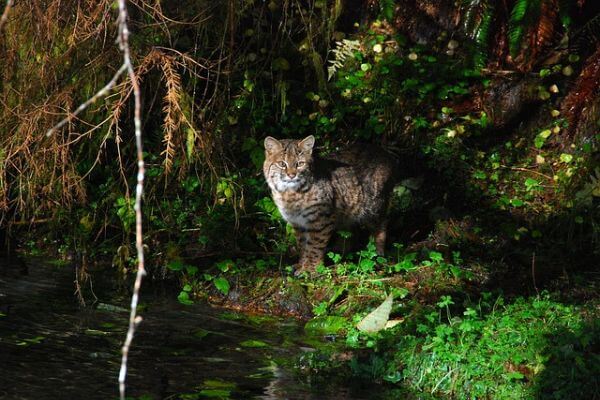
The Olympic National Forest surrounds most of the national park and adds 628,000 acres to the vast protected area of the Washington peninsula. National parks are about preserving nature, and keeping it as it is.
National forests are protected but are managed for timber, wildlife, recreation, and other uses. Hunting is allowed in national forests but not in national parks.
9. Highway 101 circles the park and forest
You can enjoy much of the national park by driving Highway 101, which goes around the park. It goes through rainforests, mountainous areas, and the coastal area, taking in all three major ecosystems.
The loop is just over 300 miles and offers some of the most outstanding scenery in the park. There are lots of places to pull over, take in the view and take pictures. Small trails are also easy to find.
10. Side roads give a closer view of nature and the park itself
There are 17 roads, some paved and some gravel, that go off into the wilderness from Highway 101. Some of these roads require four-wheel-drive vehicles, and RVs and trailers are not allowed on some. Some of these roads are steep, and not for people afraid of heights. Weather can close roads at times, so check local listings.
11. You don’t have to rough it to enjoy this national park
Olympic National Park has two historical lodges within its borders. Kalaloch and Lake Crescent lodges have been around almost as long as the park has and offer great lodging options.
From luxurious suites to cabins, you can stay in first-class accommodation here. There are two smaller lodges. These fill up fast, so you need to make reservations well in advance.
12. There are a wide variety of campgrounds available
There are 14 campgrounds in the park, ranging from primitive wilderness camping areas to resorts with full hookups for RV travelers. Some are open year-round, while others are open only in summer. Weather can force closures of the campgrounds on short notice. Reservations are recommended.
13. The Olympic Mountain range is non-volcanic
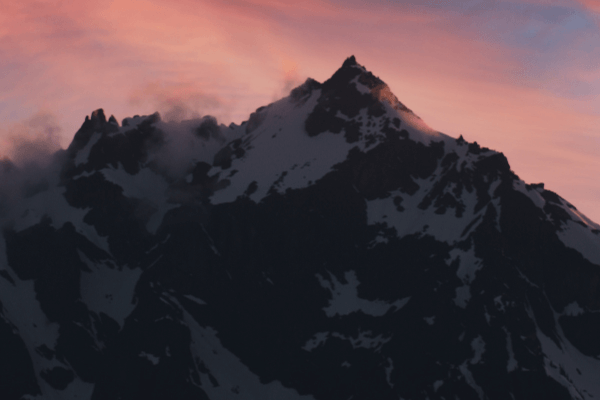
Eruptions are not expected anytime soon, but many of the mountains in the Northwest have the potential to become volcanic. The exception is the Olympic Mountain range.
This mountain is on what scientists call an “accretionary wedge,” meaning it is made up mostly of ocean sediment that grew over millions of years, as opposed to being created by volcanic pressure.
14. The Hoh River Trail is one of the most popular in the park
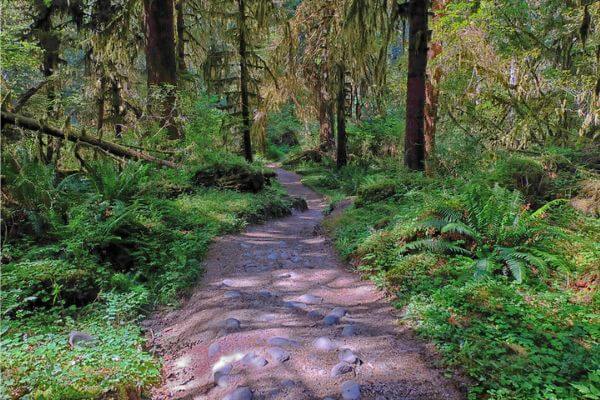
The Hoh River Trail followed the river for the most part and is a 35-mile out and back trail. It is very popular and is rated as difficult in many parts. The trail offers some of the most scenic views in the park.
It is popular as a two or three-day backpacking camping trip but can be used for a day hike as well. It is a lush landscape with a canopy that reaches 300 feet high.
15. The heart of the park is true wilderness
There is one main road around the park and a few roads that go some way into the wilderness areas. To get deep inside, you must hike. There are dozens of hiking trails, ranging from short family-friendly hikes to several day-long adventures up icy mountains.
16. Pets are welcome with some restrictions
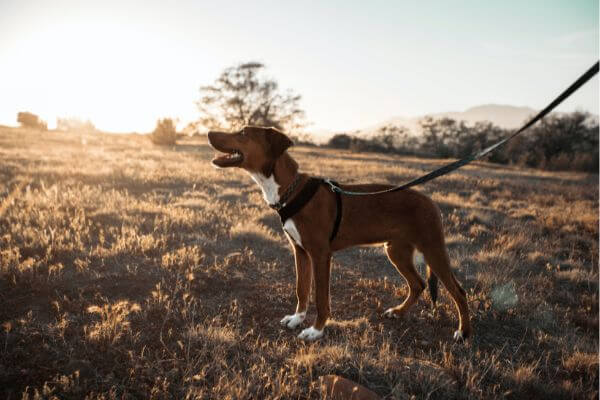
Pets must be kept on a leash at all times, and you must pick up waste from your dog. They are allowed on some trails, and not on others. Pets are not allowed in wilderness areas, other than specified campgrounds and trails. Licensed service animals are an exception to any restrictions.
17. There were early efforts to protect this area
Before 1900, naturalists like John Muir advocated creating a national park. It was declared a forest reserve by President Grover Cleveland in 1897. In 1909, President Teddy Roosevelt made it a national monument in part to protect the Roosevelt Elk, which was endangered at the time.
18. Olympic National Park got its designation in 1938
In 1937, President Franklin Roosevelt voiced his support for the creation of a national park. It was approved the next year, and he signed the official act creating the park. An area of the pacific coast was added to the park in 1953. Since then, it has been named an International Biosphere by UNESCO, and a World Heritage Site.
